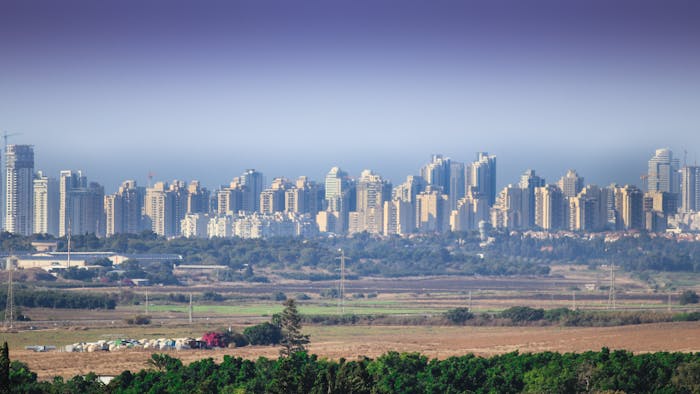Brisbane – Never Wasting Water
Extreme events are bringing the city closer together towards planning in partnership
In the past two decades, Brisbane has experienced the millennium drought (1995 – 2009) and two significant floods (2011 and 2013), and as a subtropical city it is also affected by frequent and severe storms. These experiences have driven Brisbane to adapt, recover and thrive in the face of these climatic events. Brisbane City Council is working closely with local stakeholders to achieve a vision of a clean and green city, increasing the use of natural assets and implementing adaptation measures for flood and sea level rise.
The floods and droughts in Brisbane have highlighted the importance of managing water at all stages of the water cycle and have reshaped Brisbane’s relationship with water. With community education strategies and sharpened government policies on water conservation, recycling, and reuse, Brisbane has become a city of water savers. One significant success story is that Brisbane residents reduced their water consumption from 300 to 127 litres per day during the Millennium Drought (Brisbane’s Total Water Cycle Management Plan).

 06 Clean Water and Sanitation
06 Clean Water and Sanitation
 11 Sustainable Cities and Communities
11 Sustainable Cities and Communities
 17 Partnerships for the Goals
17 Partnerships for the Goals
 13 Climate Action
13 Climate Action
 12 Responsible Consumption and Production
12 Responsible Consumption and Production